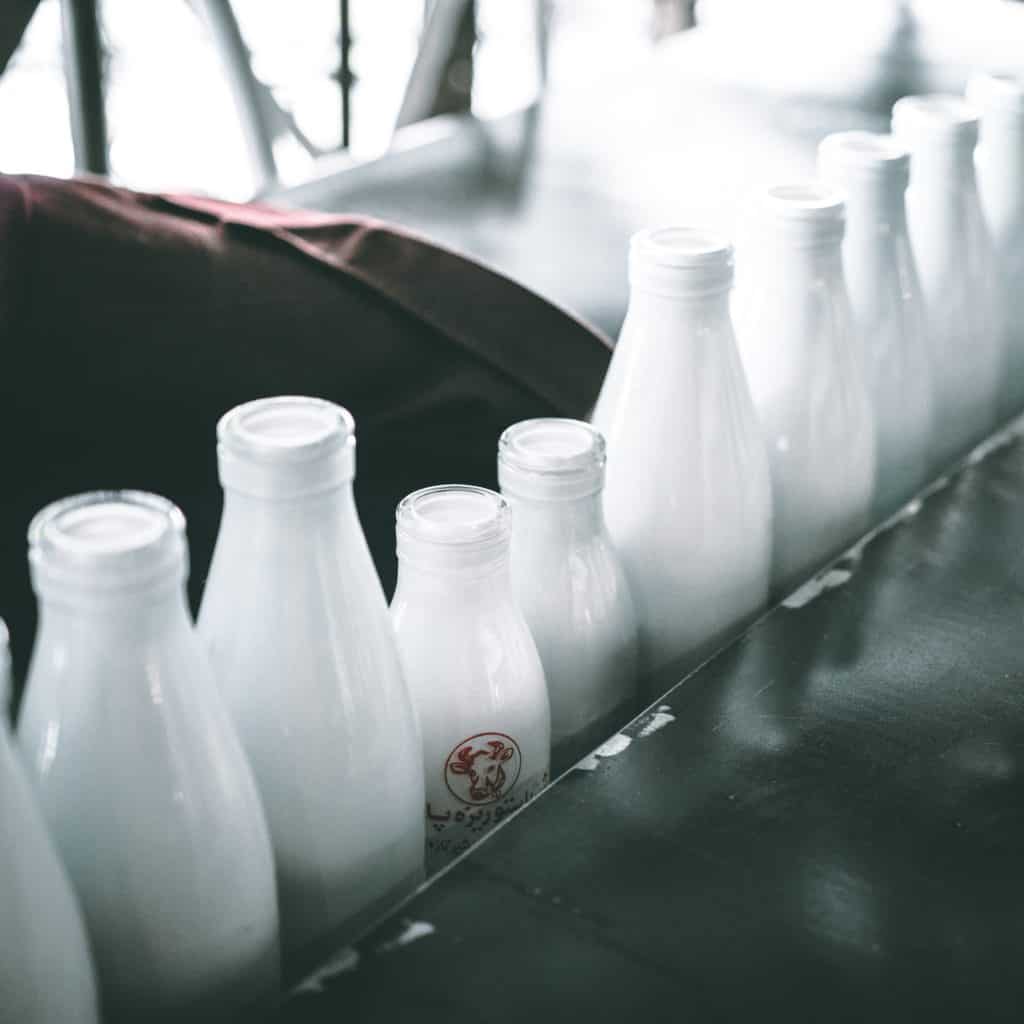Integrate Milk Standardization Into Your Control System
 Milk standardization systems have traditionally been stand-alone systems provided by original equipment manufacturers (OEMs). Currently, many of these installed systems contain components which are obsolete or have reached their end-of-life, and need to be upgraded or replaced. These systems are proverbial “black boxes” and are islands of automation which are not integrated into a facility’s main control system. Many of these existing systems have paths forward that are available from the OEM providers. In some cases, these upgrades range from new stand-alone control systems which may include new instrumentation and process equipment to entirely new replacement skids.
Milk standardization systems have traditionally been stand-alone systems provided by original equipment manufacturers (OEMs). Currently, many of these installed systems contain components which are obsolete or have reached their end-of-life, and need to be upgraded or replaced. These systems are proverbial “black boxes” and are islands of automation which are not integrated into a facility’s main control system. Many of these existing systems have paths forward that are available from the OEM providers. In some cases, these upgrades range from new stand-alone control systems which may include new instrumentation and process equipment to entirely new replacement skids.
Another possible option is to upgrade instrumentation and integrate the existing process equipment into the facilities’ process control system. There are many advantages to this approach including achieving visibility and transparency in the systems’ operation. Operators can control the process from existing plant HMI screens without having to go onto the process floor. Production data can be captured using existing plant historians. This option also allows the facilities’ maintenance personnel to maintain the system and eliminate the need for annual service contracts. Another advantage is that this allows the system to be composed of off-the-shelf parts that are normally part of the existing control system rather than a unique controls platform that requires its own spares. It also eliminates the need to maintain or hold spares for outdated instrumentation.
Replacement of instrumentation allows for the taking advantage of the latest communications protocols such as Ethernet I/P which reduces the amount of wiring required to implement. One device can provide multiple control variables which can all be read from the device over one Ethernet cable. New instrumentation can also be installed in parallel with the existing system and tested and verified prior to switching over to minimize switch-over time. With this approach the new system can fully integrate with existing High Temperature Short Time (HTST) and other process equipment such as the milk separator allowing for the anticipation of desludging and other flow disturbances, which improves the recovery time back to production within regulatory and company specifications.
These systems can be factory acceptance tested (FAT) with plant operators and maintenance prior to switch-over. This familiarizes them with the systems operation and allows them to give their input of any special situations or process conditions of their unique system. The system can be stepped through both production and clean-in-place (CIP) operations. Control loops can be tested for correct operation based on existing process equipment.
During start-up, operators and maintenance crews armed with the appropriate knowledge can validate proper operation of the system during CIP and production. Lab samples can be taken after the separator for skim and cream. It is common for a skim sample to read 0.05 % Butterfat or lower if the separator is operating properly. Cream is controlled to around 44% Butterfat. The amount of cream that is blended back into the skim stream depends on what product you are making. The byproduct excess cream, which is not needed for the product, can be heat treated and sent to a silo to be sold for making other products such as ice cream or butter. This is where the cost savings comes in – by consistently putting only the necessary amount of butterfat into the skim to meet the minimum regulatory and company specifications, we can reduce the amount of butterfat given away and maximize the amount of cream that can be sold. Samples of the final product can be taken after the cooling section of the HTST and at the pasteurized silo to verify product is in regulatory and company specifications.
Here’s an example quantifying this in butterfat savings per year based on the average U.S. dairy fluid milk plant processing 109.5 million pounds of milk a year in 2015:
That typical plant encountered an average product loss of 2.5% equating to $2.4 million dollars. Losses can be found throughout the facility, resulting in a typical breakdown with 30% occurring in receiving, 25% found in filling, resulting in 45% remaining in milk production and processing. Of that 45% pasteurization and separation could account for 35%, leaving 10% found in milk standardization which equates to $240,000 dollars a year.
Therefore, integrating milk standardization into your process control system can have many advantages including ease-of-maintenance, operator control and visibility of the process through existing HMI screens, and the ability to capture and historize production data. I would be happy to answer any questions you may have regarding this approach. Feel free to contact me via the comments below.

